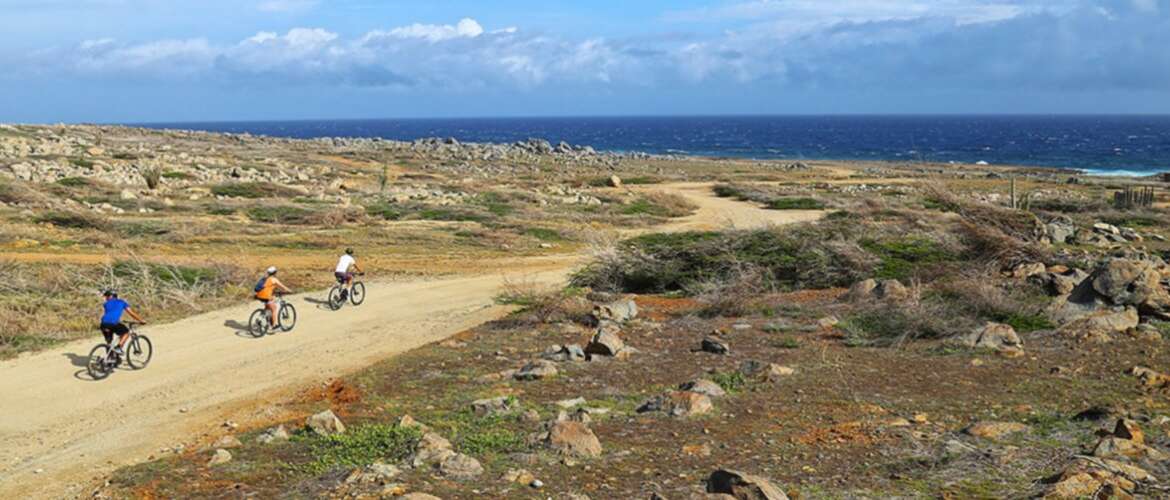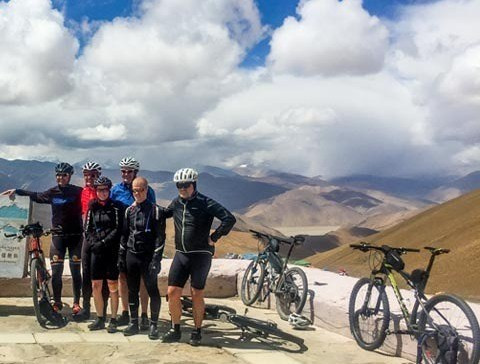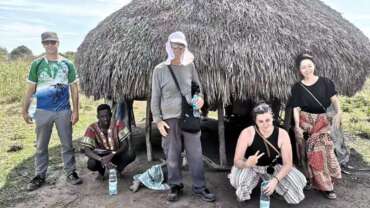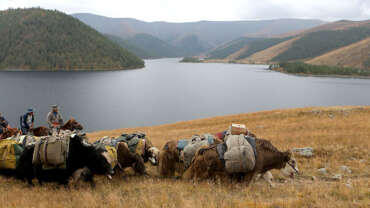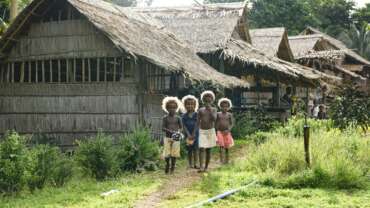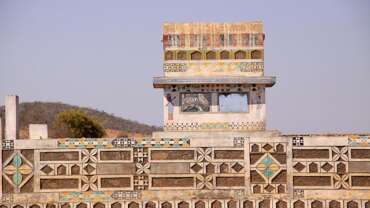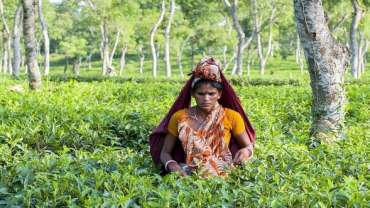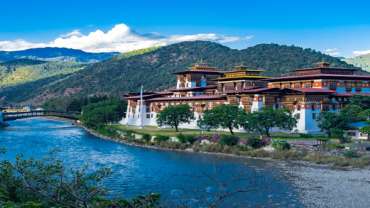[vc_row][vc_column][vc_custom_heading text=”Aruba – One Happy Island” google_fonts=”font_family:Actor%3Aregular|font_style:400%20regular%3A400%3Anormal”][vc_column_text]
Aruba, a tiny Dutch Caribbean island off the coast of Venezuela, has dry, sunny weather, blond beaches and gentle surf. Constant trade winds bring cooling breezes and cause the divi-divi trees to slope southwesterly. European influence shows in architecture that features Dutch gables painted in tropical pastels. It’s also evident in language, with English, Dutch and Spanish spoken alongside the local tongue, Papiamento.
If you have not heard of the magical heaven that is the Caribbean island of Aruba, it is time to get to know more about it. Aruba is a beautiful island that sits in the Southern Caribbean, perfect for getaways. A flat isle of about 69 square miles in the leeward Antilles with spectacularly scenic beaches that will take your breath away. Surrounded by the Caribbean ocean it gives tourists many areas to explore. The Western and Southern parts of Aruba are more popular and the location of many large and small resorts and hotels since the ocean waves are more gentle than other regions. The countryside known as the “Cunucu” in Papiamento is more undeveloped and features large areas of desert-like landscapes and many small secluded coves where you are not likely to encounter many visitors. But beware, due to strong surf and currents, swimming in these areas can be treacherous and there are no tourist services within miles.
When traveling to a new place language is always a little concerning. Many people dread situations where they cannot understand or communicate clearly. In most Caribbean countries, many people learn English since it is considered the language that most tourists use. In Aruba, the official languages are Dutch and Papiamento but nearly everyone speaks English and Spanish.
[/vc_column_text][/vc_column][/vc_row][vc_row][vc_column][vc_empty_space height=”” alter_height=”medium” hide_on_desktop=”” hide_on_notebook=”” hide_on_tablet=”” hide_on_mobile=””][/vc_column][/vc_row][vc_row][vc_column][vc_toggle title=”History of Aruba” css=”.vc_custom_1604818048395{background-color: #ededed !important;}”]
The island’s earliest inhabitants were Arawak Indians, who left behind red cave drawings and clay pottery and stone tools. After Aruba was claimed by Spain in 1499, it became a centre of piracy and smuggling. In 1636 it was taken by the Dutch and occupied by the Dutch West India Company. As part of the Netherlands Antilles, Aruba came briefly under British rule during the Napoleonic Wars but was returned to the Netherlands in 1816.
The economy remained weak until an oil refinery was constructed at San Nicolas (Sint Nicolaas) in the 1920s, which raised the standard of living dramatically. Immigration from the rest of the Caribbean, the United States, Venezuela, and Europe contributed to a substantial increase in population. Despite its new economic strength, Aruba remained politically subordinated to the Antilles’ main island of Curaçao.
In 1986 Aruba obtained autonomous status, the result of a popular movement led by the People’s Electoral Movement (Movimento Electoral di Pueblo) to break away from Curaçaoan—rather than from Dutch—domination. In 1994 the Aruban government, in conjunction with the governments of the Netherlands and the Netherlands Antilles, decided to postpone indefinitely the transition to full independence.
[/vc_toggle][vc_toggle title=”People of Aruba” css=”.vc_custom_1604818082645{background-color: #ededed !important;}”]
Most of Aruba’s population is ethnically mixed, including many people of American Indian ancestry, often in combination with Dutch, Spanish, and African heritage. There are few people of predominantly African descent, however, because—unlike most other Caribbean islands—Aruba had few slave-based plantations during colonial times.
The official languages are Dutch and Papiamentu (also spoken in Curaçao and Bonaire), a creole that evolved mainly from Portuguese, Spanish, and Dutch. English and Spanish are also widely used. About three-fourths of the people are Roman Catholic; there are small minorities of Protestants and Jehovah’s Witnesses. The birth and death rates are both relatively low, and the rate of natural increase is less than average for the West Indies. Life expectancy for both men and women is among the highest in the region and is comparable to that in developed countries.
[/vc_toggle][vc_toggle title=”Cultural Life of Aruba” css=”.vc_custom_1604818117542{background-color: #ededed !important;}”]
Aruba’s long stretches of white sand and clear waters attract numerous tourists. The Cultural Center in Oranjestad offers concerts, ballet, folkloric presentations, and art exhibits throughout the year. The city also includes historical, archaeological, and numismatic museums. The New Year’s Day festivities and pre-Lenten Carnival in February are especially colourful and popular celebrations.
[/vc_toggle][/vc_column][/vc_row][vc_row][vc_column][vc_empty_space height=”” alter_height=”small” hide_on_desktop=”” hide_on_notebook=”” hide_on_tablet=”” hide_on_mobile=””][/vc_column][/vc_row][vc_row][vc_column width=”1/3″][vc_btn title=”Interesting? Let’s go to Aruba” color=”sandy-brown” link=”url:https%3A%2F%2Fwww.charity-tours.com%2Fcustomize%2F|target:_blank”][/vc_column][vc_column width=”1/3″][vc_btn title=”Check Visa Formalities” color=”sandy-brown” link=”url:https%3A%2F%2Fwww.sanyog.travel%2Fvisa|target:_blank”][/vc_column][vc_column width=”1/3″][vc_btn title=”Download E-Brochure” color=”sandy-brown” link=”url:https%3A%2F%2Fwww.charity-tours.com%2Fe-brochures%2F|target:_blank”][/vc_column][/vc_row][vc_row][vc_column width=”1/3″][vc_btn title=”MICE Tourism in Aruba” color=”sandy-brown” link=”url:https%3A%2F%2Fwww.imecplanet.com%2Fservices%2Faruba%2F|target:_blank”][/vc_column][vc_column width=”1/3″][vc_btn title=”Adventure Tours of Aruba” color=”sandy-brown” link=”url:https%3A%2F%2Fwww.adventure-sense.com%2Fservices%2Faruba%2F|target:_blank”][/vc_column][vc_column width=”1/3″][vc_btn title=”Luxury Tours of Aruba” color=”sandy-brown” link=”url:https%3A%2F%2Fwww.opulentroutes.com%2Fservices%2Faruba%2F|target:_blank”][/vc_column][/vc_row][vc_row][vc_column][vc_separator][vc_empty_space height=”” alter_height=”medium” hide_on_desktop=”” hide_on_notebook=”” hide_on_tablet=”” hide_on_mobile=””][/vc_column][/vc_row][vc_row][vc_column][vc_custom_heading text=”Explore Aruba” google_fonts=”font_family:Averia%20Libre%3A300%2C300italic%2Cregular%2Citalic%2C700%2C700italic|font_style:400%20regular%3A400%3Anormal”][vc_row_inner][vc_column_inner][vc_column_text]
There is much more to Aruba than fun in the sun on the beaches. Visit caves with ancient indian drawings, visit an antique wildmill once used in Holland to pump water, explore the Cunucu (countryside) where you’re likely to see herds of goats and donkeys wandering freely. Visit a Butterfly Farm, a Donkey Sanctuary and an Ostrich Farm. Marvel at ancient giant boulder formations that no one has been able to explain. Tour an Aloe farm and factory and the Balashi brewery, Aruba’s national beer. Climb a mountain, hike at Arikok National Park covering 25% of the island. See portrayals of Aruban music and dance, find museums, slide down sand dunes, visit an art gallery. Swim in a tranquil pool known as “conchi” or “Cura di Tortuga,” more familiarly known by visitors as the Natural Pool.
There’s plenty to do in Aruba.
[/vc_column_text][vc_empty_space height=”” alter_height=”small” hide_on_desktop=”” hide_on_notebook=”” hide_on_tablet=”” hide_on_mobile=””][/vc_column_inner][/vc_row_inner][/vc_column][/vc_row][vc_row][vc_column][vc_empty_space height=”” alter_height=”small” hide_on_desktop=”” hide_on_notebook=”” hide_on_tablet=”” hide_on_mobile=””][vc_separator][/vc_column][/vc_row][vc_row][vc_column][vc_custom_heading text=”Luxury tours of Aruba” google_fonts=”font_family:Averia%20Libre%3A300%2C300italic%2Cregular%2Citalic%2C700%2C700italic|font_style:400%20regular%3A400%3Anormal”][/vc_column][/vc_row][vc_row disable_element=”yes”][vc_column][vc_column_text]

